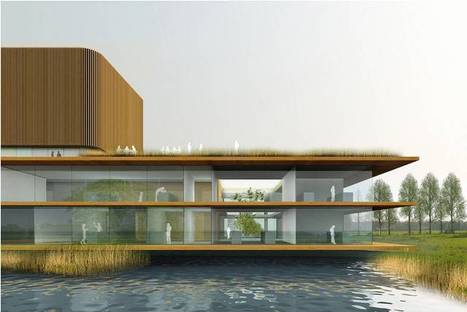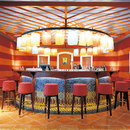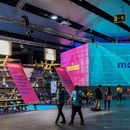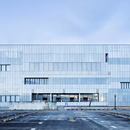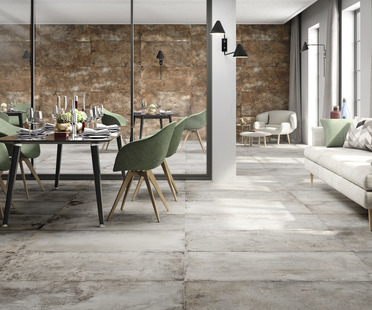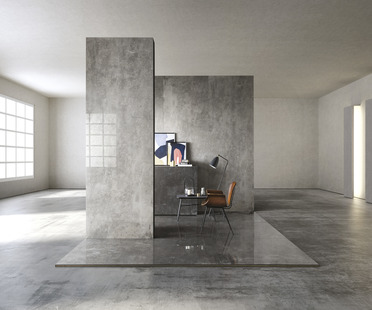- Blog
- Sustainable Architecture
- Netherlands Institute of Ecology open day!
An sustainable "open day" will be held tomorrow, Saturday, September 10th at the new Netherlands Institute of Ecology building, giving visitors the chance to admire its many eco-friendly features! Designed by Claus and Kaan Architects according to Cradle-to-Cradle principles, the structure is meant to make a valuable contribution to its surrounding environment thanks to the implementation of different sustainable systems that work together to virtually eliminate the building’s ecological footprint.
Thanks to numerous energy-saving features, the building boasts energy savings of between 70 and 80%. Presence detection technology cuts unnecessary electricity use by activating lights only when people enter the room. High-efficiency LED lighting is used wherever possible, both indoors and outdoors as well as in the greenhouses.
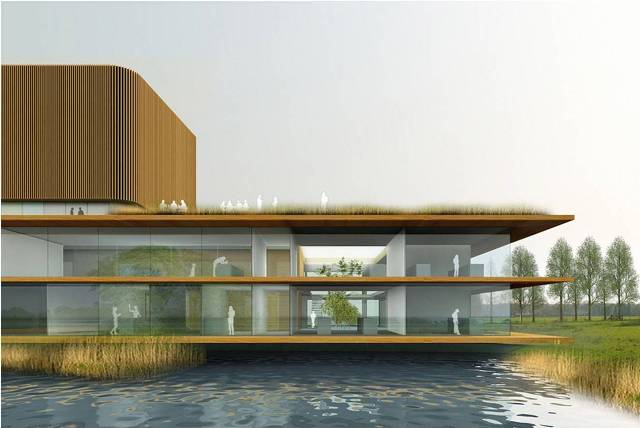
A hybrid ventilation system encourages natural ventilation and thermal migration through the walls; mechanical ventilation is only enabled based on CO2 detection. Heat is provided by spherical solar collectors, which are cheaper and more efficient than more traditional solar solutions. The collectors will be cooled with water, which will then be used to heat the greenhouses and bioreactors.
The solar panels store heat using High Temperature Storage 300 meters below ground, making it possible to use surplus heat produced in summer during the winter as well. Floor pipes allow the stored heat to reach the interior.
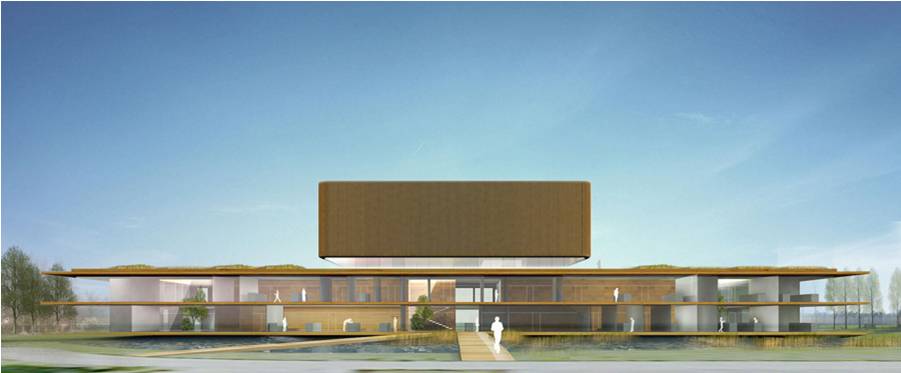
The building is equipped with three different water circuits: rain water, domestic water and waste water from the toilets. After use, the waste water is purified to the same quality as drinking water and is then channelled into a helophyte filter. The helophytes, aquatic plants such as reeds and cattails, filter out contaminants and thereby reduce the ecological impact of the wastewater. The purified water then empties into a pond.
In addition, the structure itself consists of eco-friendly, renewable raw materials produced without generating harmful emissions, including glass outer walls, untreated wood and polished concrete floors. A green roof tops off this highly sustainable facility, improving insulation and fostering biodiversity.










